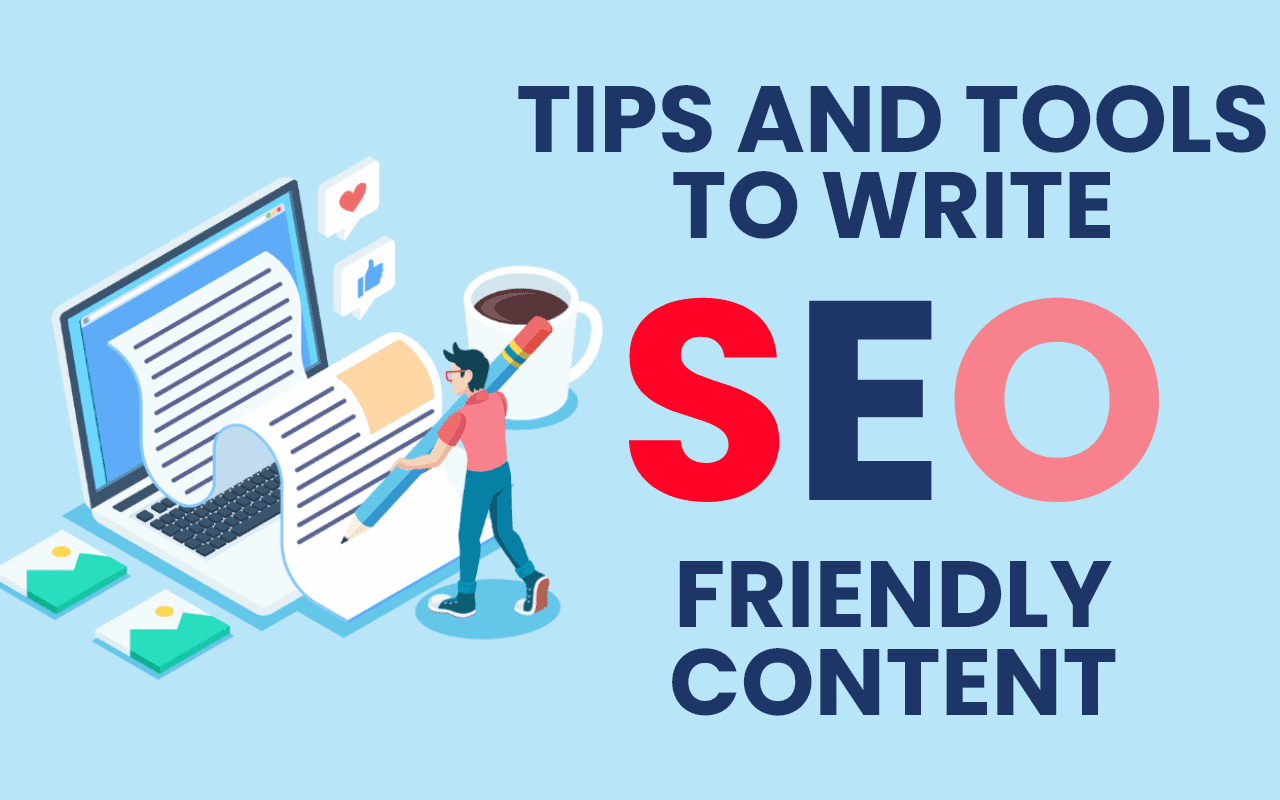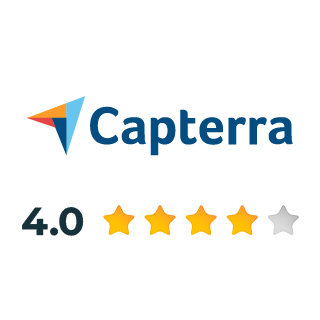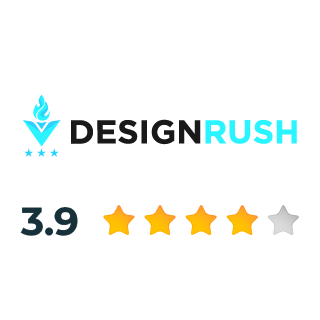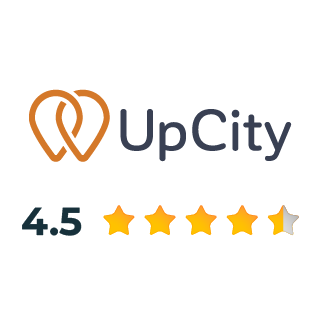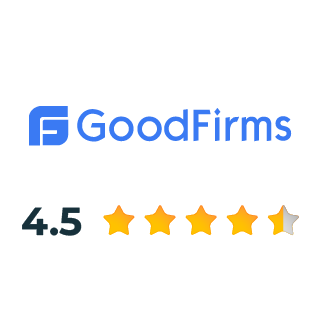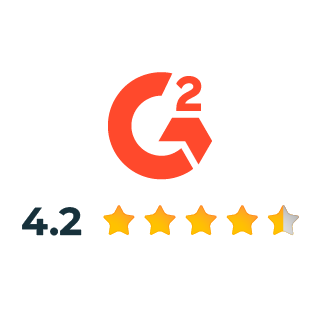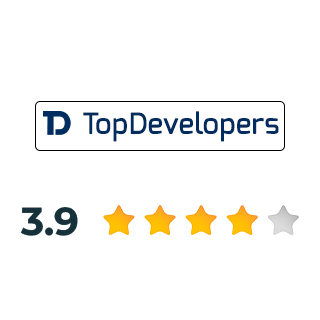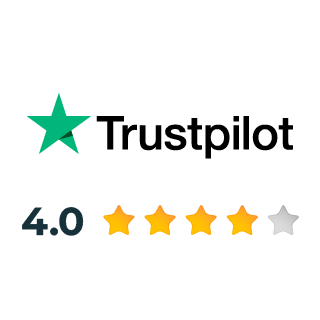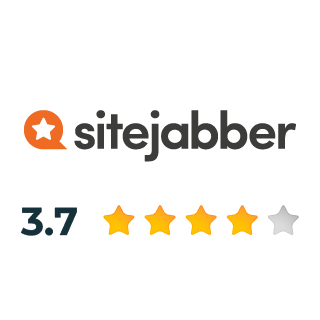Here’s how this is going to works.
Search engine optimized (SEO) websites that have solid authority and a good backlink profile is going to rank higher in the search engines such as Google.
If your website shows up on the main or the first page, you’ll get more clicks or in other words traffic for your website, shares, likes, as well as customer engagement.
If nobody ever finds your page on the search engine, then even the best-written articles are going to be pointless and efforts will be futile.
Needless to say, if you want your business to thrive, expand and grow or scale, you should make sure you are able to write SEO-friendly content.
I’m not saying it is going to be smooth or easy. There is plenty of thought and carefully analyzed pointers for you to use. And foresight that goes into writing strong and SEO friendly content.
But once you learn the basics and you are able to include them in your content production process, you’ll see it’ll generate good results for your efforts without adding to your workload.
Power this up and carry out some promotional activities, like sending email marketing newsletters and subjects of interesting content to your contacts list and just like a good marketing funnel, and you’re good to go.
But for today, let’s us discuss and stick to the topic of SEO optimized content.
What does SEO friendliness mean?
SEO-friendly content is nothing but the type of content that’s created in a unique way that helps the search engines find your content and rank it high.
Although some marketers think this means that your content should be stuffed with keywords, this is not the case, It’s really meant to help the search engines locate or find, understand, and connect your content to the topic you’re trying to cover.
As you’re about read in this blog, making your content SEO-friendly is a lot more than that goes in than just spraying keywords around your posts, videos, and other forms of short form or long form content.
How to make your content SEO-friendly….
1. Use headlines and sub-headers
Using headlines and sub-headers for all of your content paragraphs and dividing them into different sections does several things for SEO optimization.
First, it makes your writing skimmable and because of this it is therefore easier to read for your readers and visitors. People are more likely to share things and topics that are easy to read and understand.
The same concept goes for search engine robots. When crawling through your site, they’ll recognize and relate to your headlines and use them to better understand your form of content. Like which parts are the most important ones and which is just the introduction and so on.
Also, having headers and sub-headers is going to increases the keyword saturation, but remember to not abuse or over use this technique to game the system.
2. Add links to previous content
One of the ways search engines is able to rank content is by the number of backlinks and the quality of backlinks that they get.
Good content tends to get a lot of backlinks that is interlinked to both external and internal pages.
If you want to drive traffic as well as enable to rank your older content higher, then you can’t afford to forget that you should link to them from your newer posts.
This helps the search engine robots – and people – so that they can find your best articles.
Plus, links to high-quality, reputable websites that cover the same idea or topic in other relatable words increases the validity of your own website. The better the quality of the links, the higher your page is going to rank in search results.
Also, you should note that you use credible sources within the body of your text or content in order creates trust with your readers.
3. Optimize the length or the amount of content for your article
Back in the day, most blog posts you would read and came across would have up to several hundred words. It was a numbers game in the past, the more posts you’d publish, the more traffic will be able to bag in.
These days, it is not this case at all. On many reputable blogs today, you’ll mostly find articles that are 1,500+ words, and they are published less frequently.
The very reason is because in the last several years, Google has shown that it prefers to give higher priority and rankings to longer, higher-quality content. They aim to provide their users with best-possible answers to their search queries and this often boils down to having posts that provide the most thorough and in depth answer to the user’s query.
It’s not enough to write 300 word articles for your blog posts anymore. But it’s also not going to be about watering down your content.
You need to take a look at your Google Analytics reports and see which are the blogs or posts that generate the highest engagement for you. Which ones are the posts that was visited the most and which ones were being read for the longest amount of time. And then, which ones were able to generate the highest conversions, such as news letter sign ups
Then, use that information in order to find the perfect approach that’s going to work best for your category or niche.
4. Choose your keywords wisely
Some marketers like me just sit down and start writing, this was the thing that I did in the past. We leave SEO optimization for the last moment.
Nowadays I start by writing down the keywords that are most important and which ones I want to incorporate in my content.
That’s the approach or the strategy that I prefer.
You start by identifying keywords that are most relevant to your topic. You either come up with them off the top of your head, use the free keyword planning tools such as the one from Google, OR use a more advanced SEO tool like Ahrefs or SERPSTAT, or hire an SEO agency or firm in order to do that for you.
If you haven’t started this process for optimizing your content just yet, you should start with this guide for performing keyword research.
And once you start writing, you need to use the keywords in all of the entities or elements such as title, headlines, meta descriptions, ALT tags, as well as the main copy.
Recommended Read: Why Content is King in Digital Marketing
5. Optimize your images
Images are essential to making your content interesting, relatable as well as easy to understand as well as shareable. People are far more likely to purchase from a company or organization whose website has some attractive and relevant photos about their products or services.
You can optimize the photos by adding relevant keywords for the image files as well as providing the description for the ALT tags.
Make sure you also optimize the size and the amount of compression format of the photo. Pictures that are too large in size will slow down the website load time or response time and hurt the SEO.
Make the image size as small as possible and that too without compromising the visibility or quality of the image. Many image editors will let you do just that with their in-built features and compression techniques and formats. If your image editor hasn’t got it, a good alternative is the Squoosh app, this is a free tool that lets you resize and compress your image or phots files quickly and easily.
6. Make the content shareable
So, you’ve successfully managed to write and create an SEO-friendly, content rich, as well as interesting article that people want to read for your niche. The next step is going to be is to make it shareable. Websites such as ShareThis and AddThis make it easy to add social media sharing buttons to your website so that visitors or people can share the content easily.
7. Write high-quality content
This one should be pretty self-evident, but this is often an area that isn’t always applied. The best way to get people to read and engage with your published content is to write content that is going to be relevant and useful as well as entertaining. Search engines reward websites that have high-quality, and relevant content. Quality is the most important than almost every other factor on this list.
Check Some alternative search engines
Pro Tools to use for content analysis and framing
Google Keyword Planner: This is an excellent free tool that is used for keyword analysis. It provides exhaustive keyword results along with suggestions that users normally tend to type into Search engines. You can get a wide variety of relevant keywords, and it is free to use.
AHREF‘s: This tool is used for Backlink analysis, it is not free. But the numerous features offered by this tool is well worth the price. You can get exhaustive back link analysis such as the sites DA and PA as well. You can also check as the amount of authoritian or quality of backlinks present on your website.
SEMRush: This tool is similar to AHREFs and some bonus bits are also offered such as its own keywords analysis tool that is integrated with it.
Yoast SEO: This tool is helpful for blogs and informative websites. It provides awesome SEO analysis parameters for your titles and metas as well as images. The tool also has an inbuilt readability checker which helps you to check your language framing. It helps you to produce simple-to-understand sentences for your content.
Duplichecker: This free to use tool can help you to check your uniqueness of your articles. It helps you to detect plagiarism in your websites content.
Read More: 8 SEO Tips that you can use today to generate more web traffic
Conclusion:
With these techniques and ideas, we are sure that you will be able to rank your content or niche high in search engine rankings. If you have any queries or questions be sure to contact us at enquiry@nimapinfotech.com with your requirements. If you would like to hire digital marketing experts to rank your content then contact us at the mentioned email.
